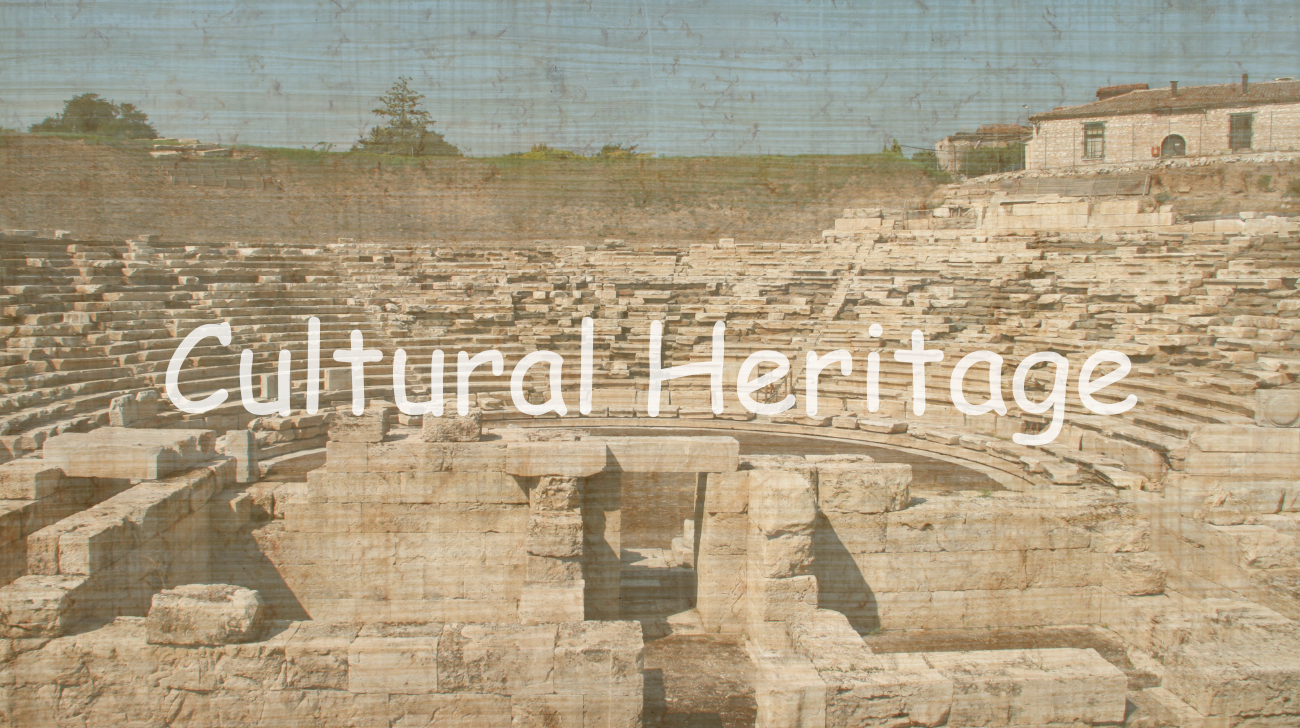
The Cultural Heritage of Larissa, Greece
The Cultural Heritage of Larissa, Greece
Nestled in the Thessaly region of Greece, Larissa sets off on a spectacular millennium-spanning historical odyssey. Larissa’s history is a tapestry woven with the threads of several civilizations, from its prehistoric origins to the Byzantine and Ottoman periods.
The Ancient Roots of Larissa
The history of Larissa dates back to antiquity, specifically the Neolithic period. The city, one of the oldest cities in Thessaly, was vital to the flourishing Greek culture throughout the Mycenaean era. Nestled atop the Frourio hill, the Larisa Fortress guards the city’s historic foundations and reverberates with tales of conquering and cross-cultural trade.
Byzantine Magnificence: A Prosperous Era
Larissa saw a new chapter brought about by architectural wonders and a flourishing of culture during the Byzantine era. With their elaborate mosaics and fervent religious devotion, churches such as the Basilica of St. Achilleios and Panagia Olympiotissa bear witness to the Byzantine influence. As a thriving administrative and cultural hub, the city added to the Byzantine influence that shapes Larissa’s character.
The Ottoman Era: An Ensemble of Harmony
Larissa saw a great deal of change in the 14th century, after the Ottoman takeover. Ottoman architecture, as shown by buildings like the Yeni Mosque and the Alcazar, represents the era’s cultural fusion. Greek, Ottoman, and Jewish populations coexisted in Larissa, which developed into a thriving center that left a lasting impression on the social structure of the city.
The Renaissance of Culture: A Contemporary Comeback
In the 19th and 20th centuries, Larissa had a cultural rebirth coinciding with the decline of the Ottoman Empire. Larissa became a center of activity for the Greek War of Independence because of its ties to notable individuals such as Rigas Feraios. This time combined a rich historical legacy with the hopes of a new era, laying the groundwork for Larissa’s role in forming the modern Greek state.
Difficulties and Adaptability: Modern Tales
Larissa’s history demonstrates tenacity, yet it also faces the difficulties of modernity. Historical landmarks like the Larisa Fortress and buildings from the Ottoman Empire are being preserved, which highlights the careful balancing act between progress and cultural protection. The city’s museums, such as the Archaeological Museum of Larissa, are essential to preserving the objects that tell its narrative.
In conclusion, Larissa’s historical voyage is a fascinating story that is told across time. As a live example of the rise and fall of civilizations, the city may be traced back to its prehistoric beginnings, Byzantine splendors, and Ottoman heritage. Larissa is changing and bringing with it the ghosts of the past, beckoning guests to walk through the passageways of time and become engrossed in a rich and timeless past.




Hi there! Do you know if they make any plugins to assist with SEO?
I’m trying to get my website to rank for some targeted keywords
but I’m not seeing very good gains. If you know of any please share.
Kudos! You can read similar art here: Wool product